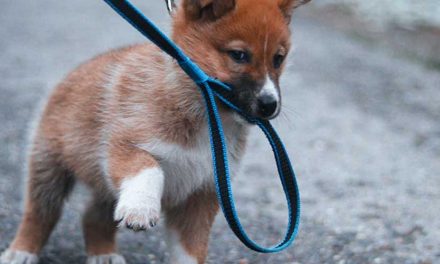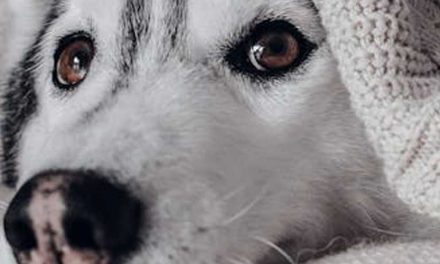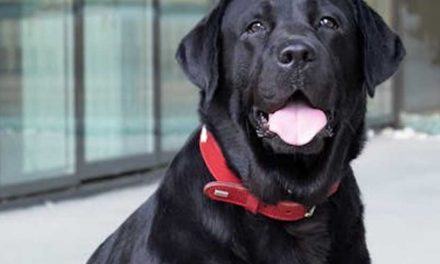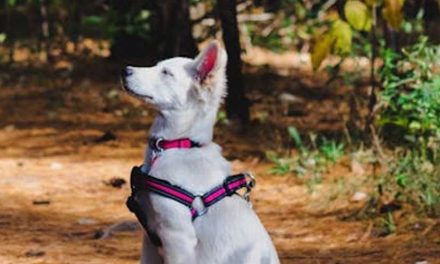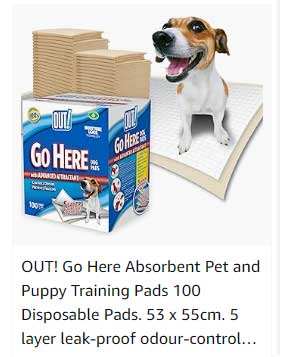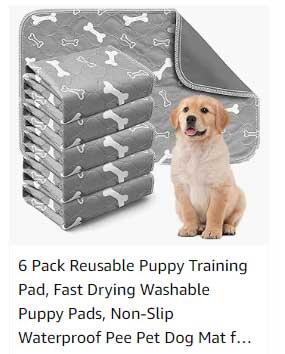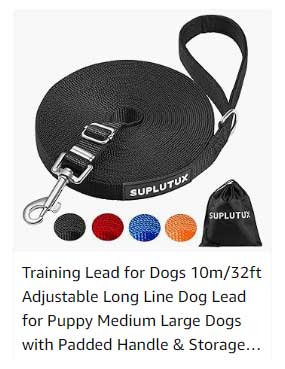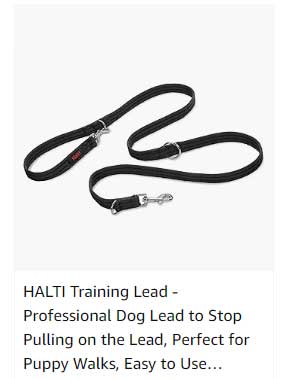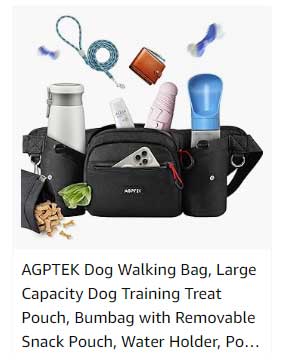Training your puppy using hand signals can enhance communication and create a strong bond between you and your dog.
Here’s a step-by-step guide to effectively use hand signals for obedience training.
Step 1: Choose Your Signals
Select simple and distinct hand signals for each command.
Common hand signals include:
1. Sit:
Raise your hand with your palm facing up.
2. Stay:
Hold your palm out towards the puppy like a stop sign.
3. Come:
Wave your arm towards your body or use an open palm.
4. Down:
Move your hand downwards in front of you.
5. Heel:
Point beside you with your hand at your side.
Make sure to keep the signals consistent so your puppy can learn to associate them with specific actions.
Step 2: Pair Hand Signals with Verbal Commands
Start by using both the verbal command and the hand signal together.
For instance, say “Sit” while raising your hand.
This helps your puppy associate the action with both the sound and the appearance of your command.
Step 3: Practice and Reinforce
1. Find a Quiet Space:
Choose a distraction-free environment for initial training sessions.
2. Use Treats:
Have treats ready to reward your puppy when they follow the command.
3. Practice Regularly:
Repeat the commands multiple times in short sessions (5-10 minutes) to keep your puppy engaged.
Step 4: Introduce the Hand Signal Alone
Once your puppy consistently responds to the verbal command, start using the hand signal without saying the command.
If the puppy responds correctly, reward them immediately to reinforce the behavior.
Step 5: Be Patient and Consistent
Training takes time, and each puppy learns at their own pace.
Be patient, and practice the signals regularly.
Consistency is key—use the same signal for the same command every time.
Step 6: Gradually Increase Distractions
As your puppy becomes more confident in following the hand signals, gradually introduce distractions.
This could be in different environments, around other people, or with other dogs.
Step 7: Keep It Fun
Make training enjoyable for both you and your puppy.
Use playtime and positive reinforcement to encourage your puppy during sessions.
If they seem frustrated or uninterested, take a break and try again later.
Additional Tips:
Use Clear, Distinct Movements:
Make sure your hand signals are easy for your puppy to see and understand.
Be Observant:
Pay attention to your puppy’s reactions.
If they seem confused, simplify your signals or repeat them at a slower pace.
End on a Positive Note:
Always conclude training sessions with a success and a reward, even if it’s a simple “good job” or a pat on the head.
By using hand signals effectively, you’ll not only train your puppy to obey commands but also foster a deeper understanding and connection between you both. Happy training!


